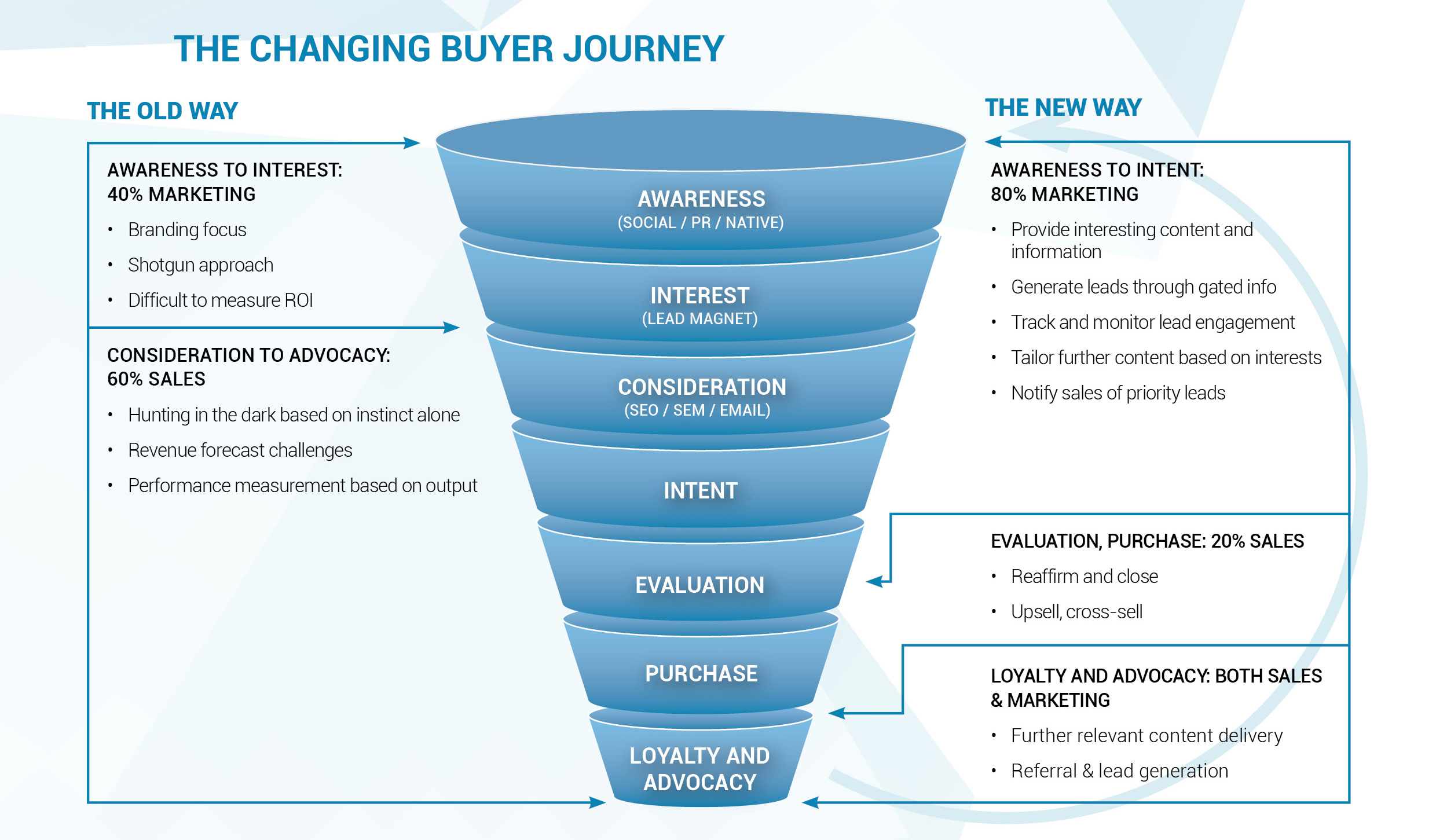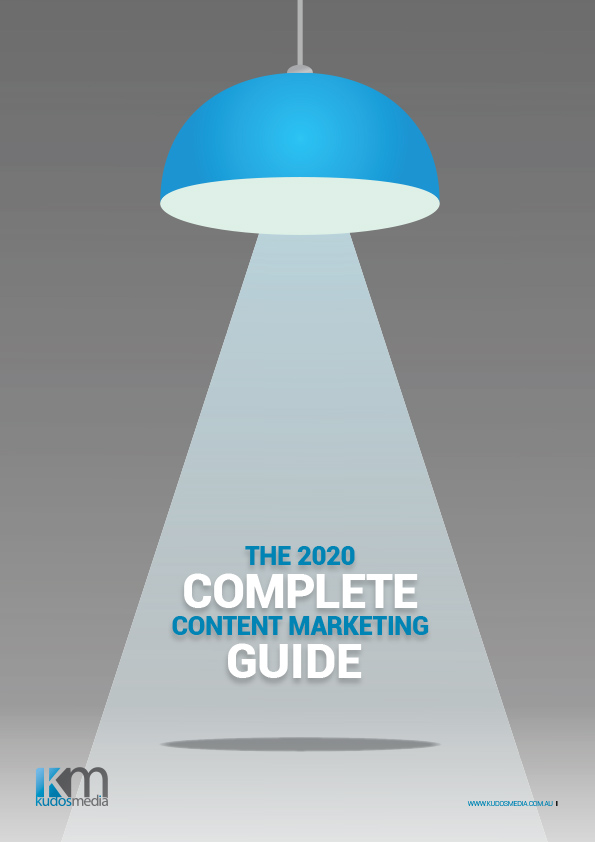Guide to Marketing Automation
Marketing automation software enables concise and automatic delivery of relevant, targeted and personal communications to the right prospects or customers at the right time, to drive conversions, sales, repeat business and advocacy.
By using cookies to track the behaviour of your database across your communication channels – including websites, e-newsletters and social media – you can configure specific content consumption or actions to trigger the delivery of specific communications to specific people. When those people are suitably engaged, automations can be triggered to pass that lead onto sales or service to reach out and close the loop.
All prospect communications engagement is measured and assigned to contacts in your existing CRM (customer relationship management) platform – or you can use the marketing automation platform’s proprietary CRM – allowing for further segmentation and tailored communications, nurturing a prospect through the sales funnel.
This data also feeds important information to the sales team around which prospects are the most engaged – known as lead scoring – and ensures maximum productivity. This whole process serves to align sales and marketing teams so they are working together in harmony. Sales will have a clear understanding of individual prospect’s informational desires and buyer journeys while marketing will have deep insight into the campaigns and tactics that are producing the most qualified leads.
Marketing Automation Includes
- Drive Lead generation
- Welcome messages
- Lead nurturing and scoring
- Dynamic/personalised information delivery
- Cart or action abandonment
- Product retargeting
- Cross-sell and up-sell
- Aftersales service to drive advocacy and retention
- ROI measurement
QUANTIFYING ROI WITH MARKETING AUTOMATION
By tracking every movement a client takes on your communications – from the initial moment of data capture through to a sale and beyond – you can more easily quantify the ROI of your marketing and modify that which is missing its mark.
For example, Facebook paid campaigns might be giving you excellent engagement levels, traffic and even leads, however what are the quality of those leads? And when they do convert to sales, what is their average spend?
By using the tracking tools available in marketing automation software, you might find that the CPA (cost per acquisition) of leads generated through paid Linkedin campaigns, or SEM (search engine marketing) campaigns is higher but that their conversion rate and/or average sales price and/or margin is far higher than Facebook, or it might be the other way around.
With the granular data available through marketing automation platform reports, as they track people from the top of the funnel through to purchase and advocacy, every marketing dollar you spend is quantifiable, while both sales and marketing teams will be accountable for their performance against benchmark metrics.
KUDOS MEDIA PREFERS HUBSPOT MARKETING AUTOMATION
Just as a real estate salesperson talking to a lukewarm prospective buyer who is interested in property on the beach wouldn’t try and sell the prospect a house 10km inland, neither should your communications.
Instead, deliver them everything they need to know about beach living in that suburb: recent sales in that area, outline the community, the surf breaks, the transport and the sporting clubs. Reaffirm their beliefs. Meet them where and when they want.
And once they show enough interest, marketing automation taps you on the shoulder and says “hey, we’ve got a live one on the line”…. enter Sales Automation.
THE CHANGING BUYER JOURNEY
It used to be widely accepted that the purchase funnel or buyer journey was 60 per cent marketing and 40 per cent sales. That is, marketing would warm up a prospect enough for them to make an enquiry, at which point the sales team would take over and provide a personal service, detailed information, and ultimately close the sale.
However, in the information age, the internet has enabled customers to become more knowledgeable than ever. Search “Changing Buyer Journeys” and you will see a lot of discussion around statements by Sirius Decisions way back in 2012 or Forresters more recently stating that the modern prospect only reaches out to a salesperson when they have done so much research that their decision is roughly 70 to 90 per cent made.

Clearly these are broad statements and these figures will vary depending on your industry, your product or service, and the individual prospect. However what is undeniable is that people are doing more and more research online, and it’s increasing.
By intuitively providing the fuel for that research through automated content marketing you’re fostering a far better buying experience. What’s more, you’re providing your sales reps with permission and ammunition to connect with prospects earlier than your competition.
That’s a huge advantage. If prospects are reaching out to salespeople later in their buying cycle, having permission to engage them before your competitors will leave you light years ahead.
DOWNLOAD our Complete Content Marketing Guide
The Complete Content Marketing Guide is a 30-page white paper detailing all aspects of developing, refining and implementing a content marketing and marketing automation strategy.

Content Marketing Strategy Development
Establishing Content Marketing Goals
Audience Analysis
Marketing Automation
Content Metrics and ROI
– Digital Content Distribution:
– Social Media
– SEO
– Video
– E-Newsletters
– Content Seeding and Amplification
Print Content Considerations
Legal considerations




[…] has been amazing in managing and streamlining our business. HubSpot is a marketing automation platform that streamlines sales and marketing functions, automating many traditionally manual […]